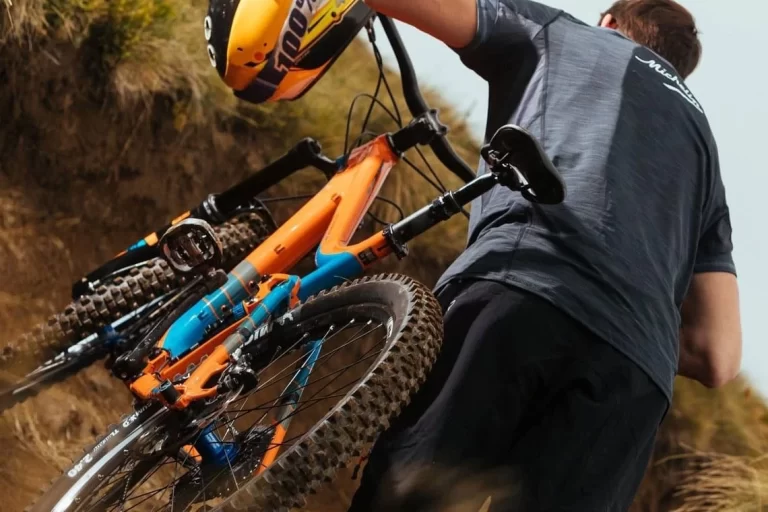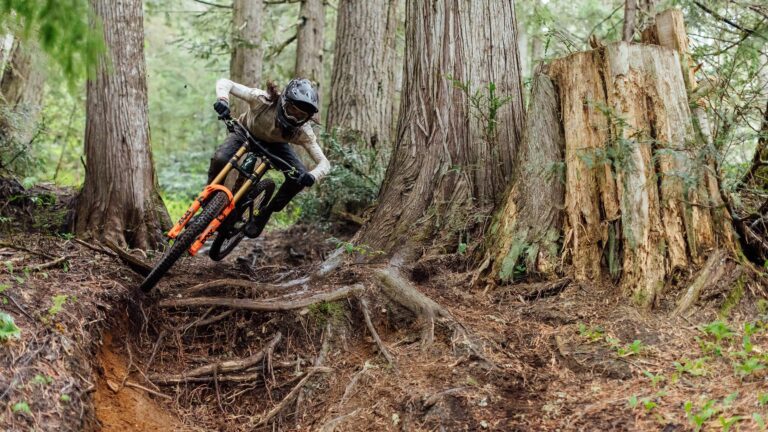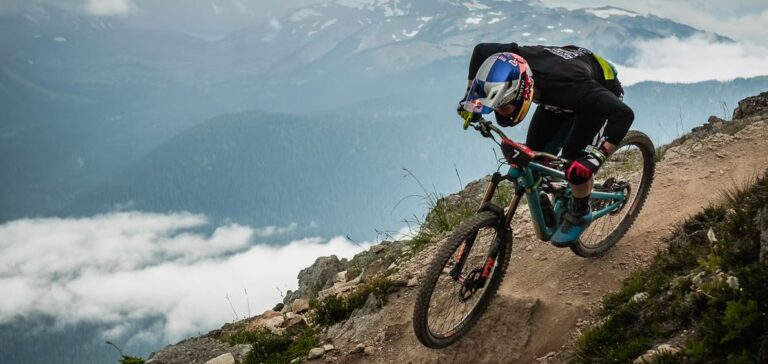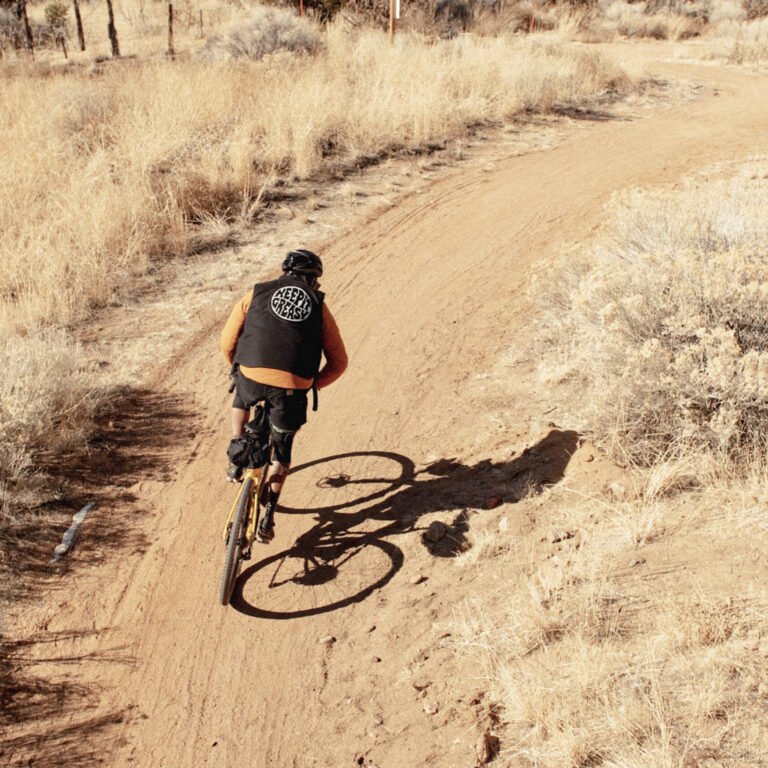Understanding Tread Patterns in Road Bike Tires
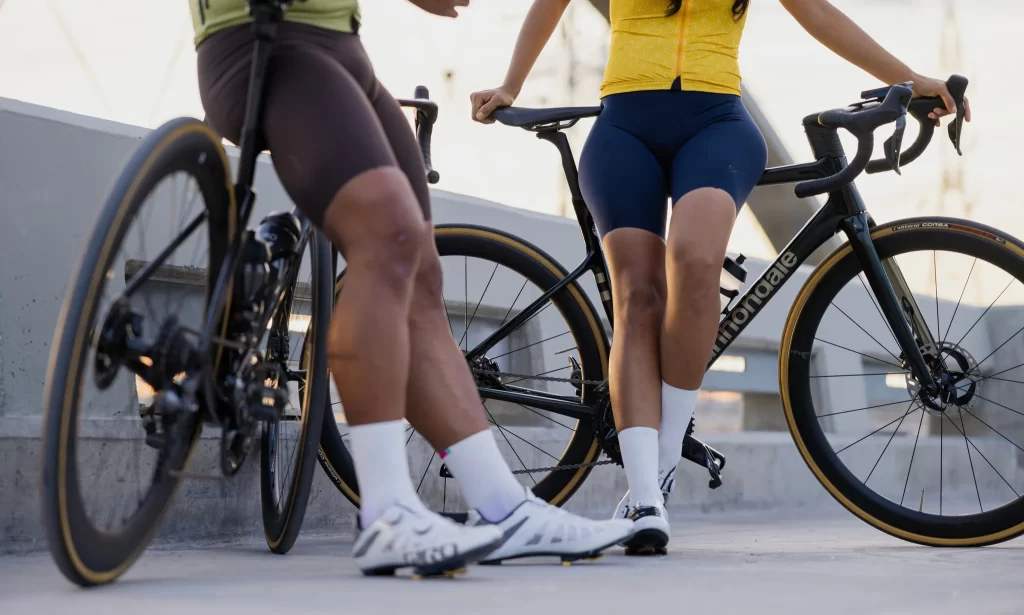
Key Point Summary of Tread Patterns in Road Bike Tires:
- Tread Patterns play a crucial role in determining a tire’s grip, traction, and overall performance on the road.
- Road Bike Tires typically feature less aggressive tread patterns compared to mountain or gravel bike tires, focusing on efficiency and speed.
- Grip and Traction are influenced by tread design, affecting how well tires can maintain contact and stability on various surfaces.
As a cycling enthusiast who has traversed the realms of mountain biking, gravel grinding, and road racing, I’ve come to appreciate the subtle yet significant impact of tire tread patterns on performance. Road cycling, with its emphasis on speed and efficiency, presents a unique set of considerations when it comes to choosing the right tire tread.
The Role of Tread Patterns
Tread patterns on road bike tires are not just about aesthetics; they are meticulously designed to offer the best balance between grip and rolling resistance. Unlike their off-road counterparts, which require aggressive treads for traction on loose surfaces, road tires often feature minimal tread patterns. This design philosophy is rooted in the principle that a smoother tire offers less rolling resistance and, therefore, faster speeds on paved surfaces.
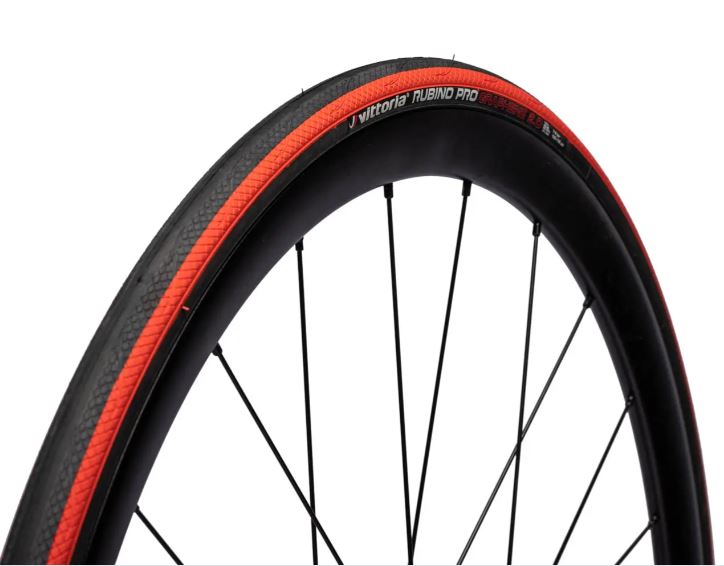
Selecting the Right Tread
Choosing the right tread pattern can be a game-changer, especially for cyclists venturing into road biking from other disciplines. A common misconception is that more pronounced treads equate to better grip. On the asphalt, however, the key to optimal grip lies in the tire’s compound and its ability to conform to the road surface, rather than the tread pattern itself.
Tread Patterns and Wet Weather Performance
One area where tread patterns do play a more noticeable role is in wet weather riding. Treads can help channel water away from the contact patch between the tire and the road, potentially improving grip when it’s wet. However, the effectiveness of these patterns can vary, and the choice of tire compound and tire pressure often plays a more significant role in wet weather performance.
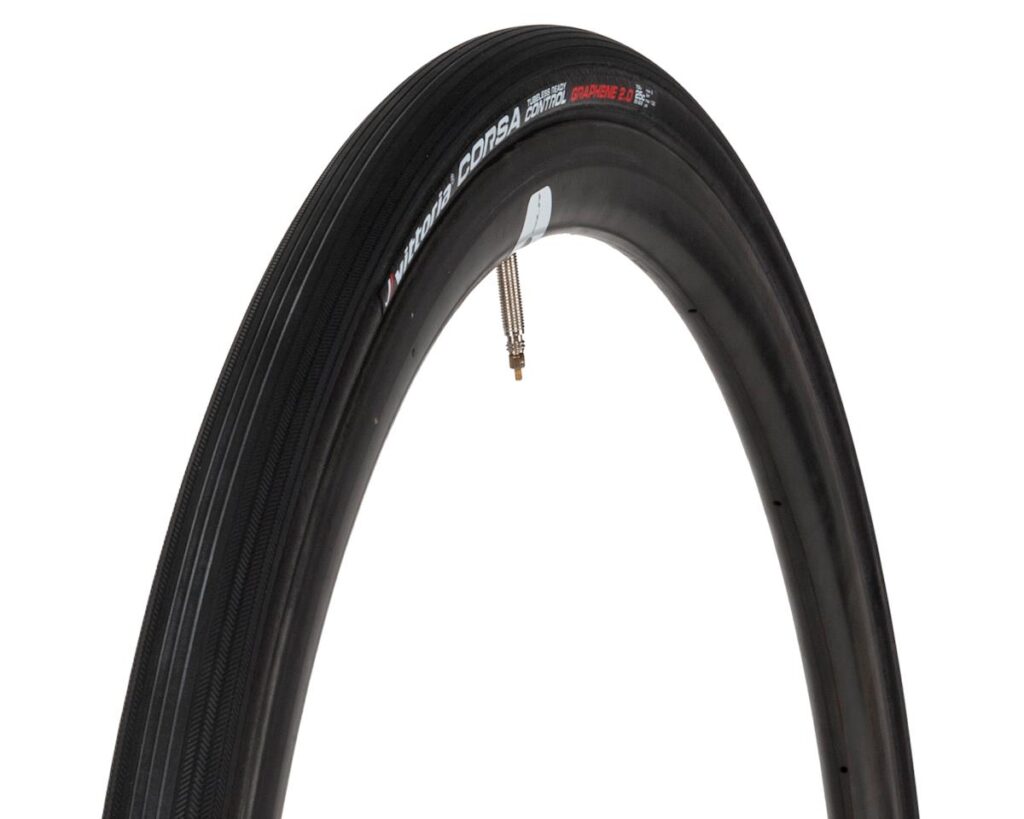
Impact on Traction
Traction, or the tire’s ability to maintain contact with the road during acceleration, braking, and cornering, is critical for safety and performance. While the tread pattern’s impact on traction is less pronounced on dry roads, the design can contribute to better handling and confidence for riders, especially in varying road conditions.
Efficiency and Speed
For road cyclists, efficiency and speed are paramount. The ideal road tire tread minimizes rolling resistance, allowing riders to maintain higher speeds with less effort. This efficiency is crucial in racing scenarios and long-distance rides, where energy conservation can make a significant difference in performance.
Wrapping Up
When considering road bike tires, especially in terms of their tread patterns, cyclists seek a balance between minimal rolling resistance and sufficient grip for confidence in corners and wet conditions. Here are some of the best road bike tires known for their favorable tread patterns, offering a blend of efficiency, grip, and durability:
- Continental Grand Prix 5000: A benchmark for road performance, this tire features a subtle tread pattern designed to enhance grip without compromising on rolling efficiency. Its Black Chili compound ensures excellent traction across various conditions.
- Schwalbe Pro One: This tire employs a minimal tread design with MicroSkin technology, enhancing speed and durability. It offers great grip and low rolling resistance, making it a top choice for performance-oriented riders.
- Vittoria Corsa: Known for its Corespun-K casing and Graphene 2.0 compound, the Corsa combines a classic look with modern technology, providing a superb balance of grip and speed, with a tread pattern that excels in both dry and wet conditions.
- Michelin Power Road: This tire features a new X-Race Compound and a tread pattern that improves cornering grip and durability, making it an excellent choice for racers and serious training.
- Pirelli P Zero Velo: With its SmartNET Silica compound and functional groove design, the P Zero Velo offers impressive handling and wet grip, along with a low rolling resistance for high-speed pursuits.
Each of these tires brings something unique to the table, from advanced rubber compounds to innovative tread designs, ensuring that cyclists can find the right tire to match their road riding aspirations and conditions. Whether prioritizing speed, grip, or a balance of both, these tires stand out for their ability to deliver performance and confidence on the pavement.
In road cycling, the choice of tire tread pattern is a nuanced decision that balances efficiency, grip, and rider preference. While the impact of tread on dry road performance may be minimal compared to tire compound and pressure, it becomes more relevant in adverse weather conditions and on varying road surfaces.
Understanding the role of tread patterns can help cyclists make informed choices, enhancing their riding experience and performance on the pavement. Whether you’re transitioning from off-road disciplines or refining your road biking setup, paying attention to your tire’s tread can offer insights into achieving a smoother, more efficient ride.
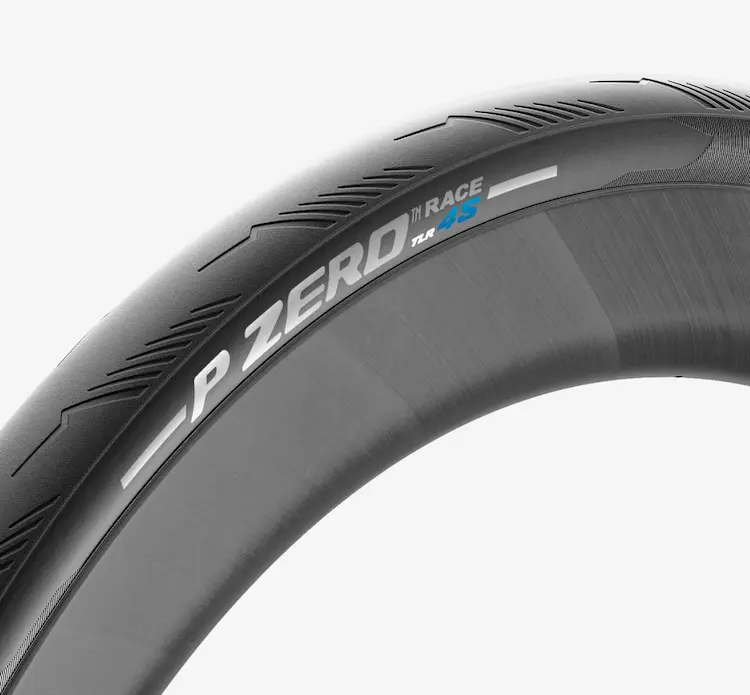
FAQ
Which tyre tread pattern is best for bike?
The best tire tread pattern depends on your riding surface: smooth and minimal for road bikes, aggressive with deep lugs for mountain bikes, and intermediate patterns for gravel bikes.
Which way does the tread go on a bike tire?
The tread should be oriented with the leading edge (the direction that first contacts the ground) designed to channel water outwards and provide grip; on many tires, an arrow indicates the correct rotation direction.
What does 700x38c mean on a bike tire?
700x38c refers to the tire size; 700 indicates the nominal diameter in millimeters, and 38c the width in millimeters. It’s a common size for hybrid and gravel bikes, offering a balance between speed and comfort.
Is a 28 inch bike tire the same as 700C?
Yes, a 28-inch tire is generally the same diameter as a 700C tire. Both refer to standard road bike wheel sizes, though 28 inch is more commonly used in some countries and 700C in others.


